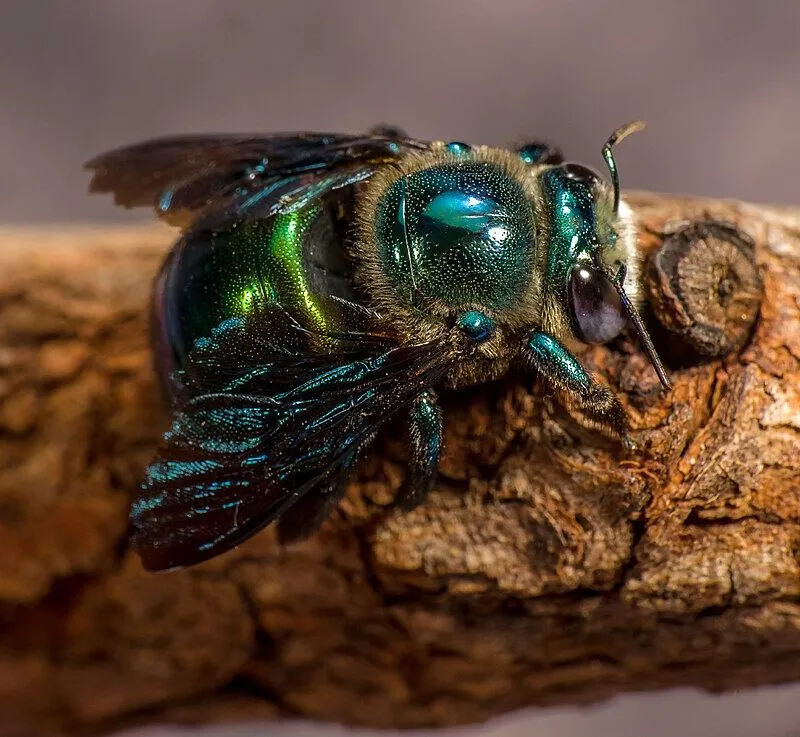In the intricate web of our ecosystems, every species plays a vital role, and the loss of even one can have ripple effects far beyond our immediate understanding. One such unsung hero is the green carpenter bee, a strikingly beautiful species now on the brink of extinction. Recent conservation efforts have drawn attention to the plight of this iridescent bee, as scientists and conservationists join forces to save it from disappearing forever. This blog post explores the challenges facing the green carpenter bee, the urgent measures being taken to protect it, and why this battle is crucial not just for the bees, but for the broader health of our environment.
The Green Carpenter Bee: A Species in Peril
The green carpenter bee is not only known for its vibrant metallic green color but also for its unique role in pollinating native Australian plants. Unlike the honeybee, this solitary bee carves nests into soft wood, contributing to the natural cycle of decay and renewal in forests. However, recent bushfires, habitat destruction, and climate change have pushed this species to the edge. In particular, the devastating fires that swept through Australia in recent years destroyed much of the habitat these bees rely on, including the soft woods where they build their nests.
Scientists warn that without immediate intervention, the green carpenter bee could face extinction within a few short years. The loss of such a key pollinator would not only impact the specific plants it pollinates but could also disrupt broader ecological balances, affecting food webs and the resilience of natural environments.
Conservation Efforts: A Collaborative Approach
In response to this urgent threat, a coalition of scientists, conservationists, and volunteers has launched a coordinated effort to save the green carpenter bee. One of the central strategies is habitat restoration. By replanting native flora and protecting existing stands of softwood trees, conservationists aim to provide the bees with the resources they need to survive and thrive. Additionally, some initiatives involve creating artificial nesting sites to supplement the dwindling natural options, giving the bees a fighting chance to rebuild their populations.
Research is also a critical component of the conservation strategy. Scientists are studying the bee’s behavior, diet, and breeding patterns to better understand what specific conditions are necessary for their survival. This data will inform future conservation actions and help prioritize efforts where they are most needed.
Why Saving the Green Carpenter Bee Matters
The plight of the green carpenter bee is more than just an environmental concern—it’s a reminder of the delicate balance within our ecosystems and the interconnectedness of all species. Bees, including the green carpenter bee, are essential for the pollination of many plants, which in turn support other wildlife, from insects to birds to mammals. Losing this bee could lead to a cascade of negative effects, illustrating why biodiversity is so critical.
Moreover, the efforts to save the green carpenter bee highlight the broader issue of species conservation in the face of climate change and human impact. It serves as a case study for how targeted conservation actions can make a difference, even in the most dire situations. By investing in these efforts, we are not just saving a single species—we are preserving the richness and functionality of our natural world.
Final Toughts
The fight to save the green carpenter bee is a race against time, one that requires dedication, collaboration, and immediate action. While the challenges are significant, the ongoing conservation efforts offer hope. By restoring habitats, protecting existing ecosystems, and conducting crucial research, we can give the green carpenter bee a chance at survival. This story serves as a powerful reminder of the importance of every species in our ecosystems and the urgent need to protect them from the mounting pressures of modern life.
For more details, read the full article here.

